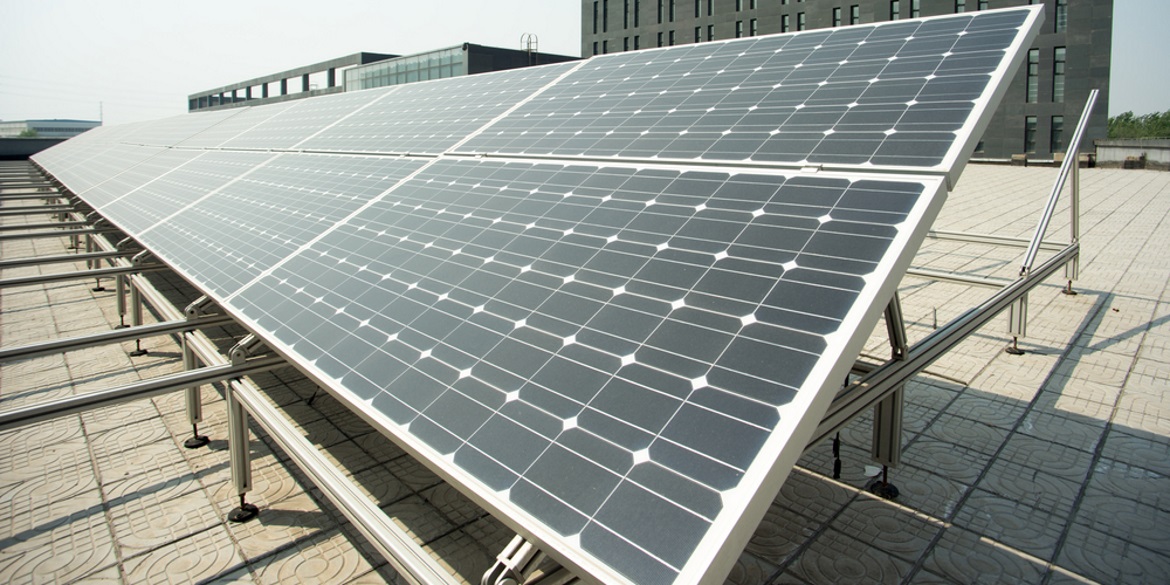The U.S. Department of Energy SunShot Initiative has awarded funding to EdgePower and Clean Power Research to develop technology that will help commercial buildings maximize the financial return of their solar PV investments. By integrating solar forecast technology from Clean Power Research into EdgePower’s building load controller, customers will be able to reduce demand charges by more efficiently managing building loads to match PV power production.
“In commercial buildings, air conditioning in the summer often accounts for the majority of peak demand,” said Nathan Glasgow, CEO and co-founder of EdgePower. “Depending on the alignment of PV with this peak demand, the ability of solar to reduce a customer’s demand charges can be limited. An integrated energy management strategy can better realize PV’s ability to reduce customer utility bills.”
There are two ways that commercial buildings can reduce their electricity bills with PV:
- Reduce the amount of electricity purchased from the grid.
- Reduce “demand charges,” higher electric rates that kick-in when drawing large amounts of energy in short periods of time, a common rate structure for commercial utility customers.
PV provides excellent energy-reduction benefits to commercial customers, and commercial buildings with PV generally see a reduction in their electric bills. However, because PV is a variable energy resource, demand charge offsets can be unreliable. This is because there can be a mismatch between PV generation and the building’s energy use. In order to reduce demand charges, better coordination between solar generation and building energy use must be achieved.
Reducing demand charges by forecasting PV variability
Clean Power Research’s SolarAnywhere® solar forecasting technology makes it possible to estimate PV variability with a high degree of accuracy on any given day. Applying an accurate PV power production forecast to the control of a building’s electric load through EdgePower’s existing hardware gateway will result in a steadier power consumption curve, which will lead to decreased demand charges for the building owner.
As the figure below demonstrates, when PV production is ideal (i.e., steady, such as you’d find on a clear sunny day), the net load of the building is reduced during daytime hours (Figure 1a). If PV production changes throughout the day (i.e., due to intermittent cloud cover), building energy use can quickly spike (Figure 1b). These spikes have the same effect on net load as suddenly turning on a large energy-consuming piece of equipment, such as an HVAC system, and can result in higher demand charges.
In the optimized scenario, a PV production forecast will be integrated into the EdgePower building-level controller. The controller will then automatically shift building energy consumption to match times of high PV power production to maximize demand reduction (Figure 1c).

Meeting SunShot Goals
With SunShot Incubator 10 program support, EdgePower and Clean Power Research will implement this solution at a commercial building site, and collect real world data. This proposed solar-plus-load solution helps meet the U.S. Department of Energy SunShot goals by reducing demand charges for commercial building owners compared to solar alone. Solar-plus-load control may also help support the proliferation of other storage technologies by shrinking the required storage capacity for the same load reduction target. This reduction could accelerate the growth of storage by making more projects economically feasible from a building-owner perspective.
As a recent awardee in the SunShot SUNRISE program, Clean Power Research developed a behind-the-meter PV forecast for the California Independent System Operator. Applying this forecasting technology to a compatible hardware solution from EdgePower will further advance the roadmap to successful integration of PV into the electric grid, while also providing economic payback to commercial building owners.
